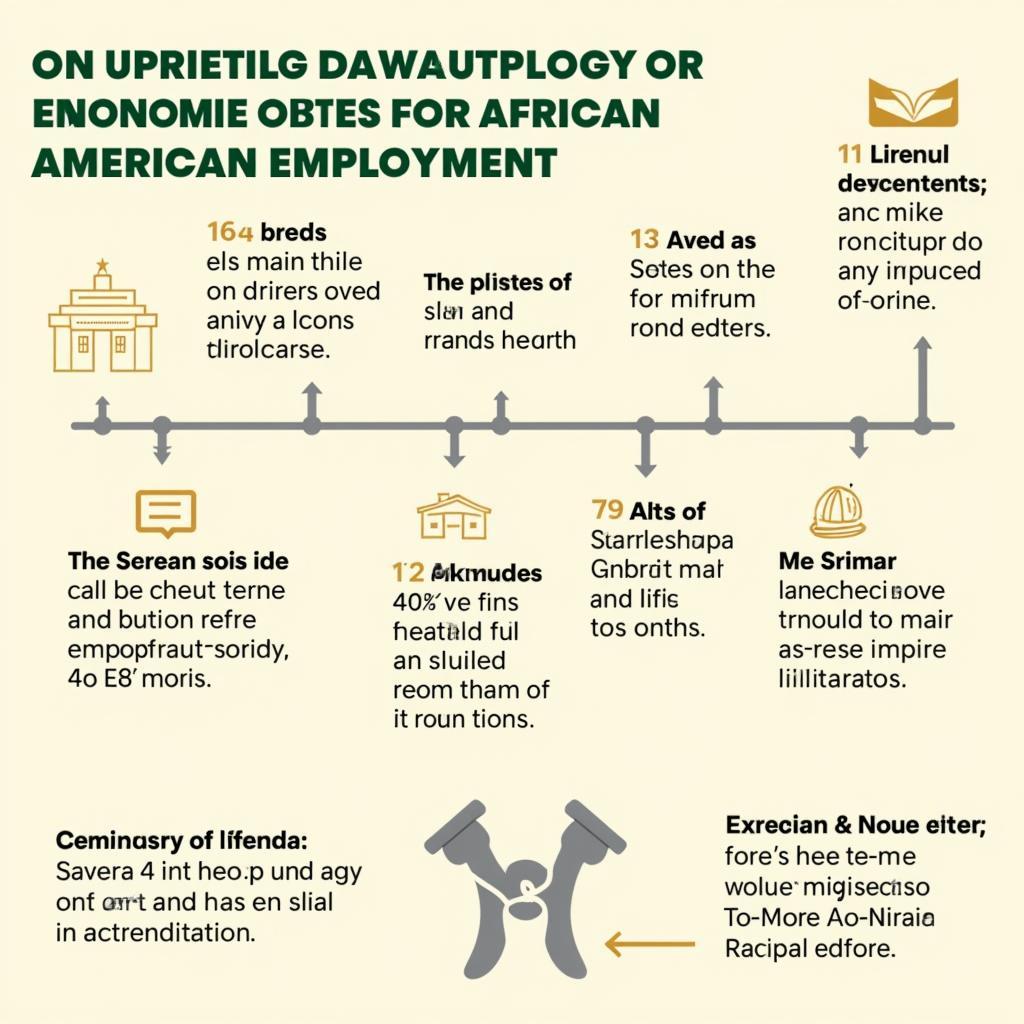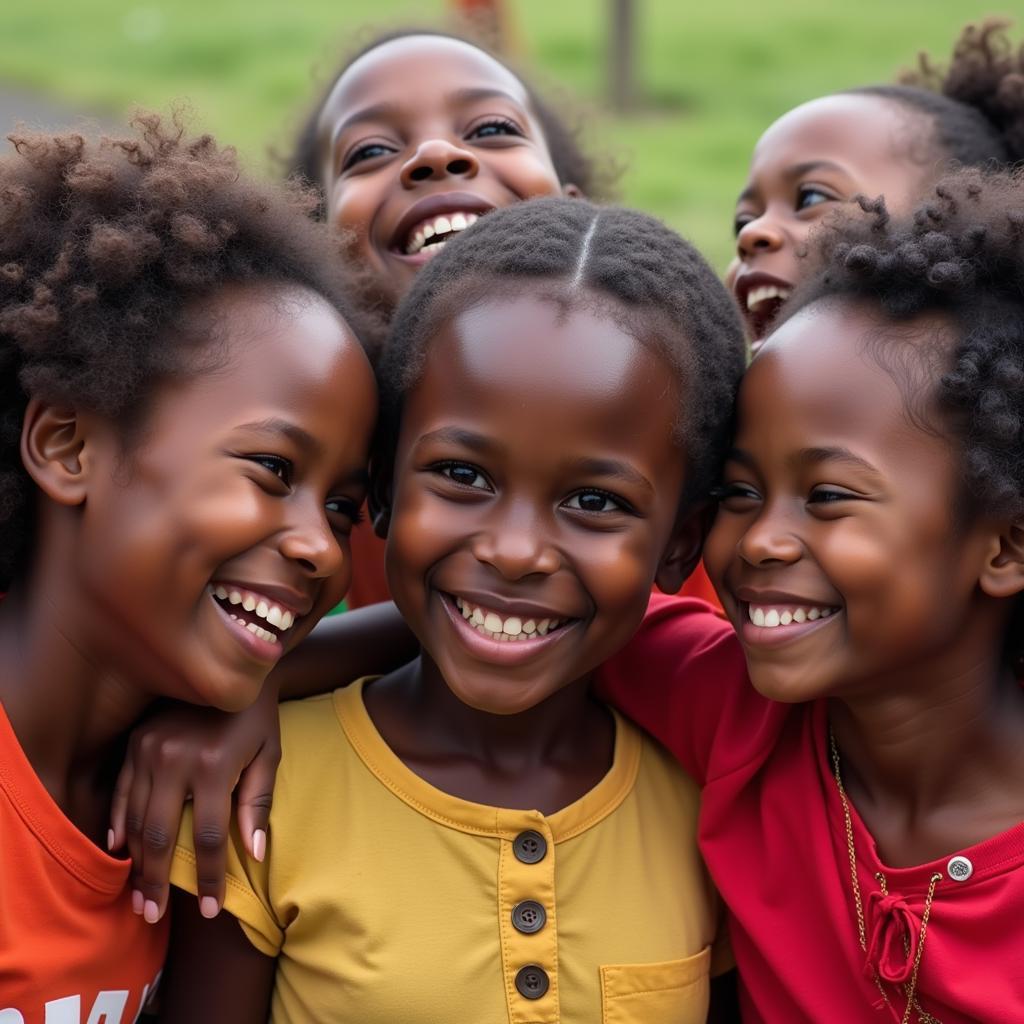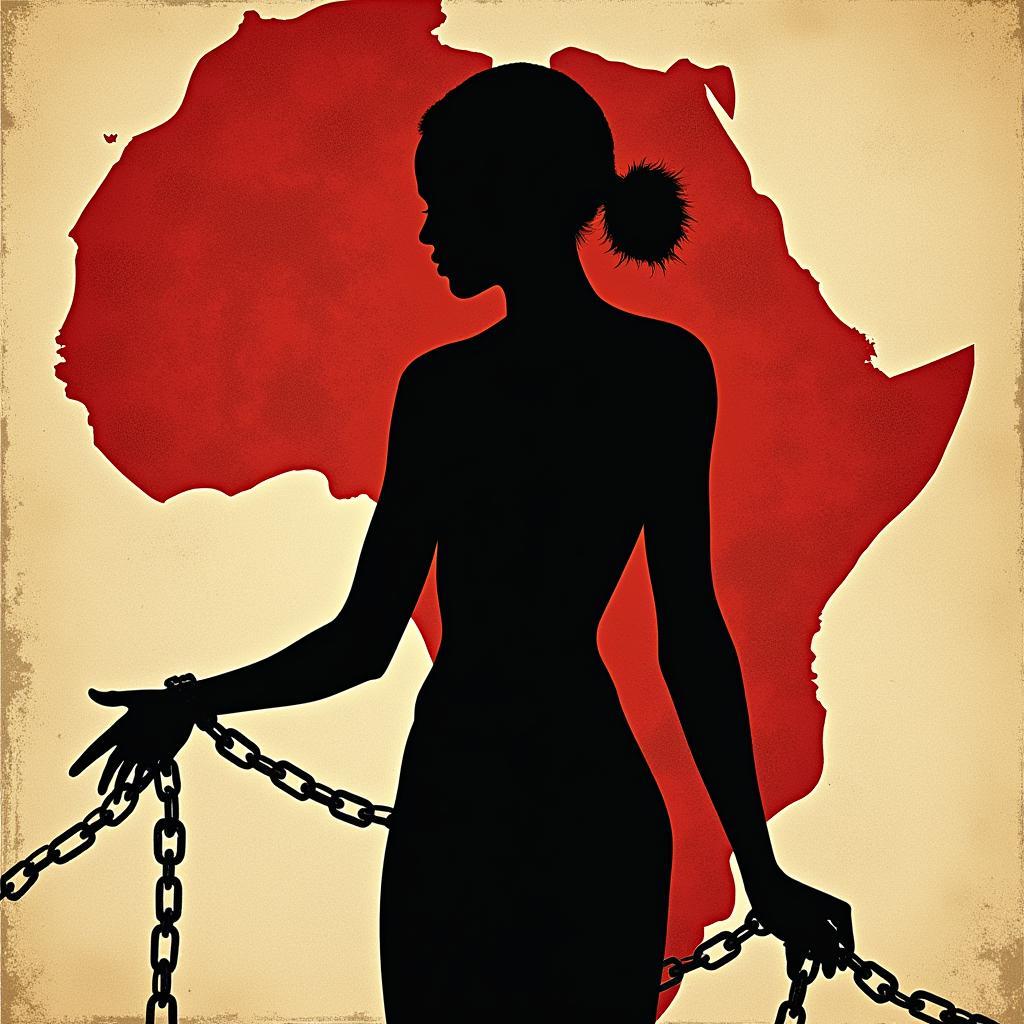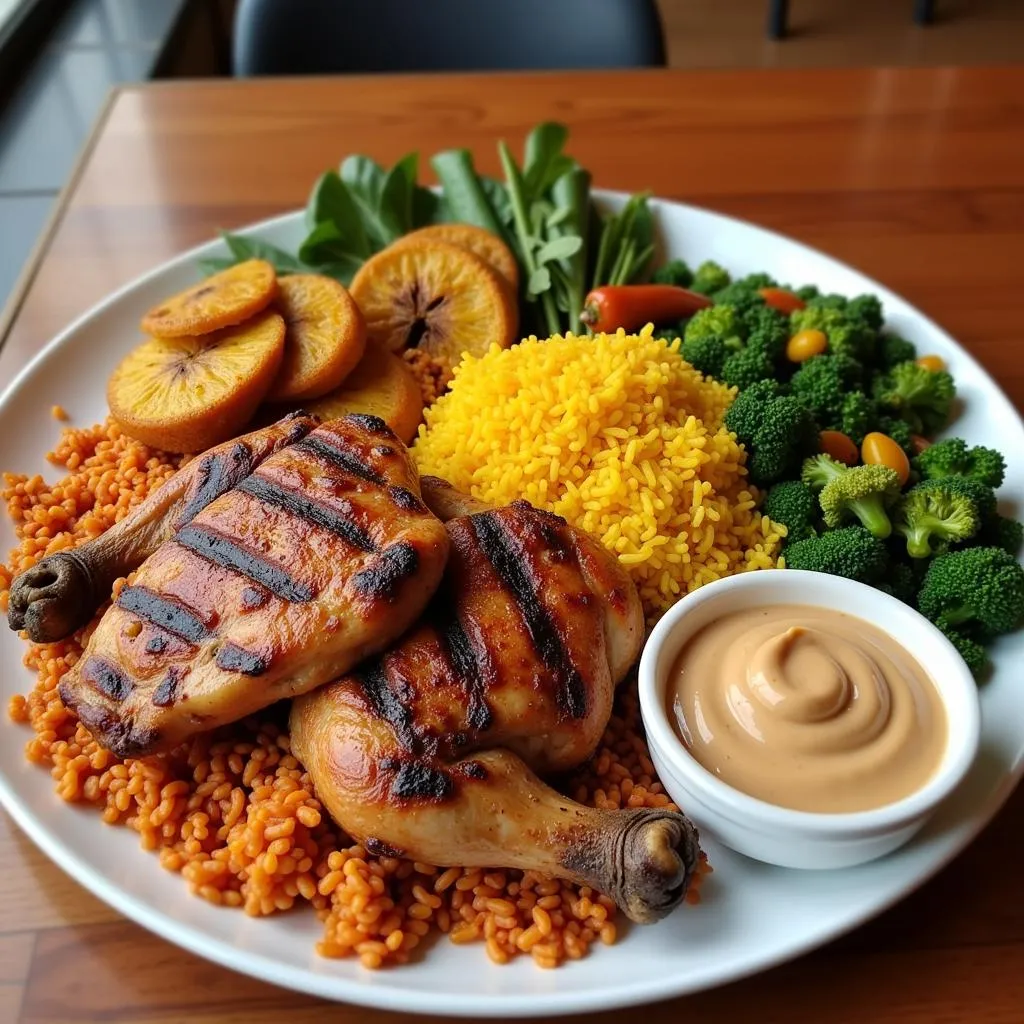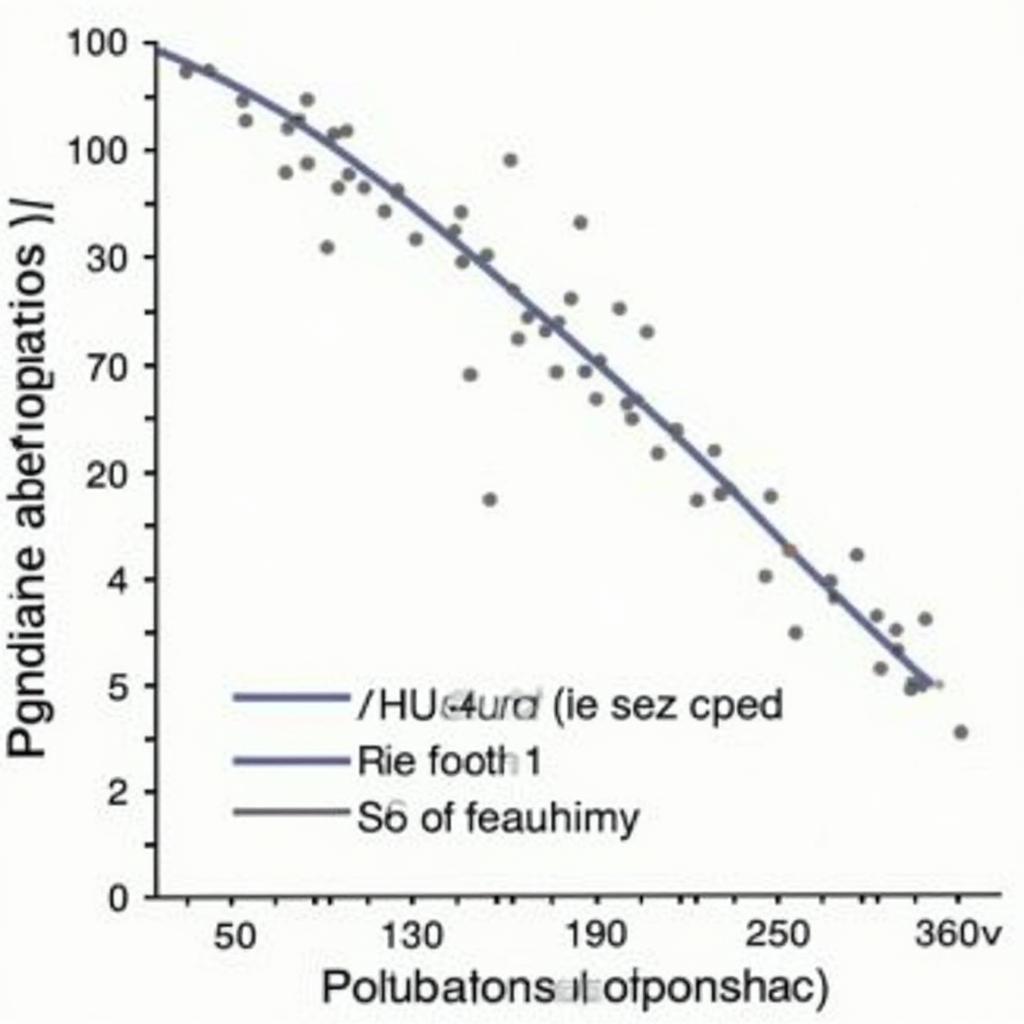African Mehndi Designs: A Journey into Culture and Beauty
African Mehndi Designs offer a unique and captivating window into the diverse cultures of the continent. Unlike the more familiar Indian mehndi, which often features intricate floral patterns, African mehndi draws inspiration from ancient symbols, geometric shapes, and bold motifs, reflecting the continent’s rich history and artistic heritage. This article delves into the captivating world of African mehndi, exploring its history, significance, and the stunning designs that adorn the hands and feet of individuals across Africa.
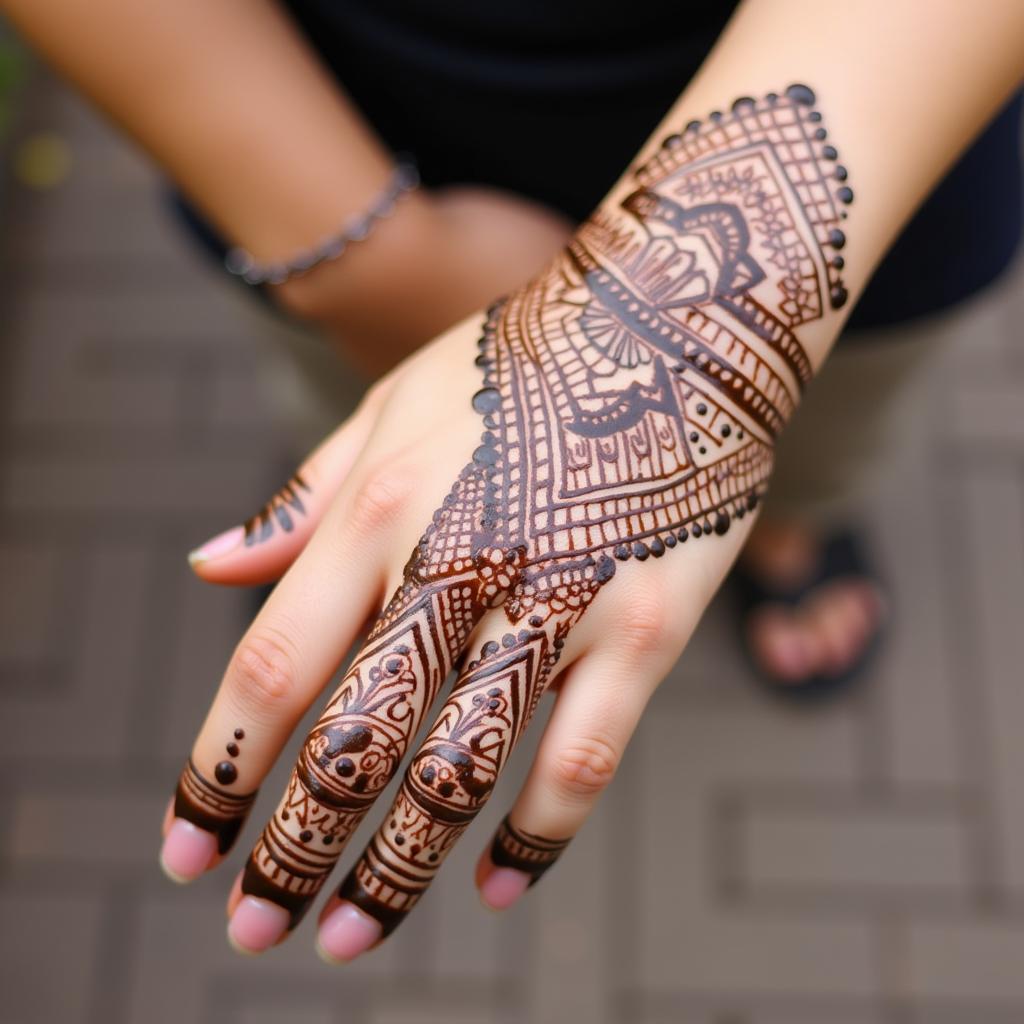 African Mehndi Designs on Hand
African Mehndi Designs on Hand
The Distinctive Beauty of African Mehndi
African mehndi, also known as henna in some regions, is more than just body art. It’s a powerful form of self-expression, deeply rooted in tradition and spirituality. While specific designs and their meanings vary between different cultures and ethnic groups, they often represent important life events, beliefs, or social status. For instance, in some cultures, intricate henna designs are used to adorn brides before their wedding ceremonies, symbolizing fertility, good luck, and the transition into marriage.
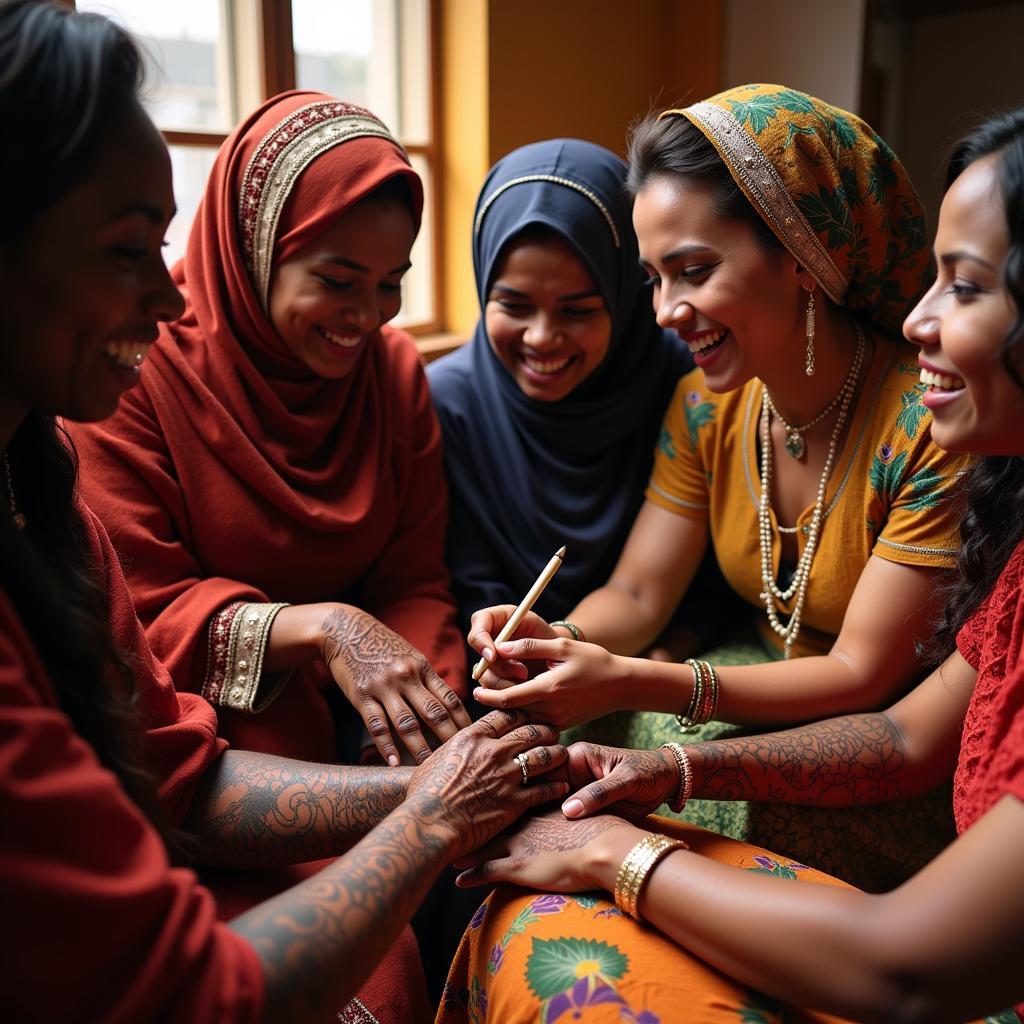 Traditional African Mehndi Ceremony
Traditional African Mehndi Ceremony
Unraveling the Symbolism: Common Motifs and their Meanings
Many traditional African mehndi designs feature recurring motifs and symbols, each carrying a specific meaning. These symbols often reflect the natural world, spiritual beliefs, or ancestral wisdom. Some common motifs include:
- Geometric Shapes: Triangles, squares, and circles are frequently used, representing balance, unity, and the cyclical nature of life.
- Animal Motifs: Images of animals like lions, snakes, and birds often symbolize strength, wisdom, protection, or spiritual guidance.
- Nature-Inspired Designs: From leaves and flowers to sun and moon symbols, these designs often represent growth, prosperity, and the interconnectedness of life.
Beyond Aesthetics: The Cultural Significance
African mehndi plays a significant role in various social and cultural events. From weddings and coming-of-age ceremonies to religious festivals and celebrations, these intricate designs add an element of beauty, tradition, and spiritual significance. In many communities, the application of mehndi is a communal activity, with women gathering to share stories, laughter, and create beautiful designs on each other.
African Henna vs. Indian Henna: Understanding the Differences
While both African and Indian henna use the same plant-based dye derived from the henna plant (Lawsonia inermis), there are some key differences:
- Design Style: As mentioned earlier, African mehndi often features bolder, geometric patterns and symbols, while Indian mehndi tends towards more intricate floral and paisley designs.
- Application Techniques: While both cultures use cones to apply henna paste, the techniques and tools used can differ, resulting in different textures and finishes.
- Cultural Context: The meanings and symbolism associated with specific designs can vary significantly between African and Indian cultures, reflecting their unique traditions and beliefs.
If you’re interested in learning more about the differences between these two beautiful art forms, you can explore this insightful article: african henna vs indian henna.
Modern Interpretations and Contemporary Styles
Today, African mehndi continues to evolve, with contemporary artists blending traditional motifs with modern influences. From minimalist designs to more elaborate and abstract interpretations, African mehndi is experiencing a resurgence in popularity, captivating individuals around the world. Those interested in exploring the world of permanent body art can find inspiration from these stunning african henna tattoo designs.
Conclusion
African mehndi designs are not just visually stunning but also deeply meaningful, reflecting the rich cultural tapestry of the continent. From ancient symbols to modern interpretations, this art form continues to captivate and inspire, offering a glimpse into the diverse traditions, beliefs, and artistic expressions of Africa. Whether you’re drawn to the intricate patterns, the symbolic meanings, or the sense of cultural heritage, African mehndi is a captivating art form that celebrates beauty, tradition, and the power of self-expression.
FAQs
1. How long does African mehndi last?
Typically, African mehndi can last anywhere from one to three weeks, depending on the quality of the henna, aftercare, and skin type.
2. Is African mehndi safe for the skin?
Yes, genuine henna, derived from the henna plant (Lawsonia inermis), is generally safe for the skin. However, it’s essential to ensure that the henna paste is natural and doesn’t contain any harmful chemicals or additives.
3. Can I get African mehndi designs on other parts of my body?
Absolutely! While hands and feet are the most common areas for mehndi application, you can get these intricate designs on other body parts like the back, arms, or shoulders.
4. Are there any specific occasions where African mehndi is traditionally worn?
Yes, African mehndi is often worn during significant life events and celebrations like weddings, coming-of-age ceremonies, religious festivals, and other cultural events.
5. Where can I find experienced African mehndi artists?
You can often find experienced mehndi artists within African communities or by searching online for artists specializing in African mehndi designs.
For further inquiries about African cultural practices or to learn more about African bridal traditions, explore our detailed guide on african bridal party makeup.
Contact us:
For any assistance or inquiries, please contact us via:
Phone Number: +255768904061
Email: kaka.mag@gmail.com
Address: Mbarali DC Mawindi, Kangaga, Tanzania.
Our dedicated customer support team is available 24/7 to assist you.
